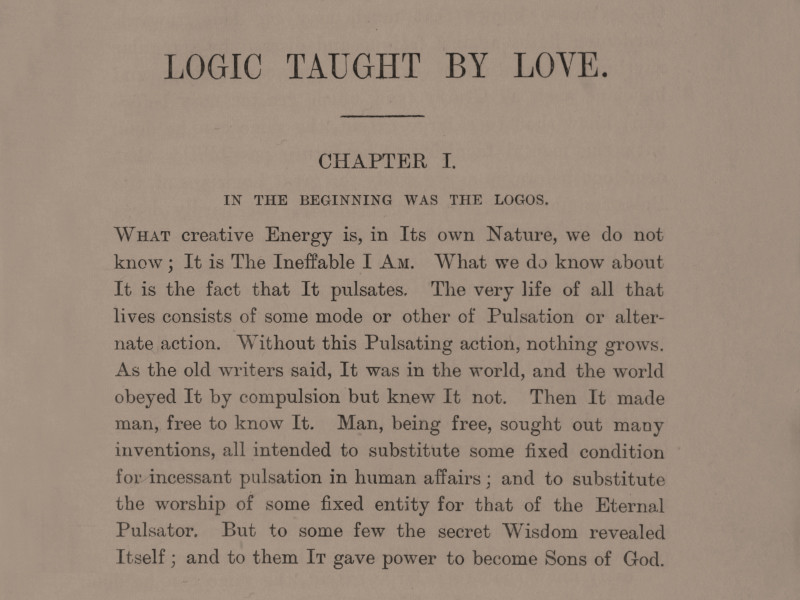
19th and 20th Century Philosophy in Perspective

Lady Victoria Welby-Gregory’s Annotated Personal Library, 1856-1911
[E]very one of us is in one sense a born explorer: our only choice is what world we will explore, our only doubt whether our exploration will be worth the trouble.Philosopher
Access the full collection
Access the full archive of 19th and 20th Century Philosophy in Perspective.
Institutional Free Trial
Start your free trialRegister for a free 30-day trial of 19th and 20th Century Philosophy in Perspective, for your institution.
Institutional Sales
Visit Sales PagesellFor more information on institutional access, visit our sales page.
Already have a license? Sign in.
Learn about key debates and schools of thought in 19th and early 20th century Western philosophy

Lady Victoria Welby-Gregory (1837-1912) was an English noblewoman and self-taught musician, artist, and philosopher of language. Welby-Gregory is most well-known for developing the theory of significs, which she defined in a 1911 Encyclopædia Britannica article as “the science of meaning or the study of significance.” Significs was closely related to other theoretical trends of the time, such as semantics, semiotics, and semiology.
Curated in association with Senate House Library, 19th and 20th Century Philosophy in Perspective contains 54 original monographs from Welby-Gregory’s personal library. It includes works by the likes of William James, Mary Everest Boole, Sir Henry Jones, and Henri Bergson on subjects as diverse as philosophy, theology, and philology. Many of the books feature substantive annotations made by Welby-Gregory herself.
The collection therefore provides students and researchers with an overview of several key debates in 19th and early 20th century Western philosophy, as well as an insight into the inner life of a pioneering female intellectual.
Contents
19th and 20th Century Philosophy in Perspective...
Lady Victoria Welby-Gregory’s Annotated Personal Library, 1856-1911
Discover
Highlights

Licensed to access ‘L'évolution Créatrice’ by Henri Bergson
Insights
- Lady Welby-Gregory’s personal library, which is held by Senate House at the University of London, contains approximately 1,500 books and 1,000 pamphlets on a wide variety of topics.
- These items were donated by Welby-Gregory’s son, Sir Charles Welby-Gregory, in 1913, shortly after her death.
- Many include Welby-Gregory’s extensive annotations, highlighting the philosophical origins of significs specifically and the evolution of her thinking more generally.
- They also illuminate some of the major trends in 19th and early 20th century theology, philosophy, economics, education, science, and philology.
- This collection comprises a carefully curated selection of books which are intended to provide students and researchers with an understanding of all three.
- The books were published during the period 1856-1911.
- They have been organised into six intuitive volumes: General Philosophy and Miscellaneous, 1880-1911; History, 1889-1909; Metaphysics, 1887-1909; Morality and Ethics, 1881-1907; Philosophy of Language, 1856-1906; and Religion and Theology, 1883-1906. This classification is informed by the original archival catalogue.
- Important works by William James, Mary Everest Boole, Sir Henry Jones, Henri Bergson, and Andrew Lang are all included.
Unlock Historical Research for Your Institution
Provide your students and researchers with direct access to unique primary sources.
Related Media













